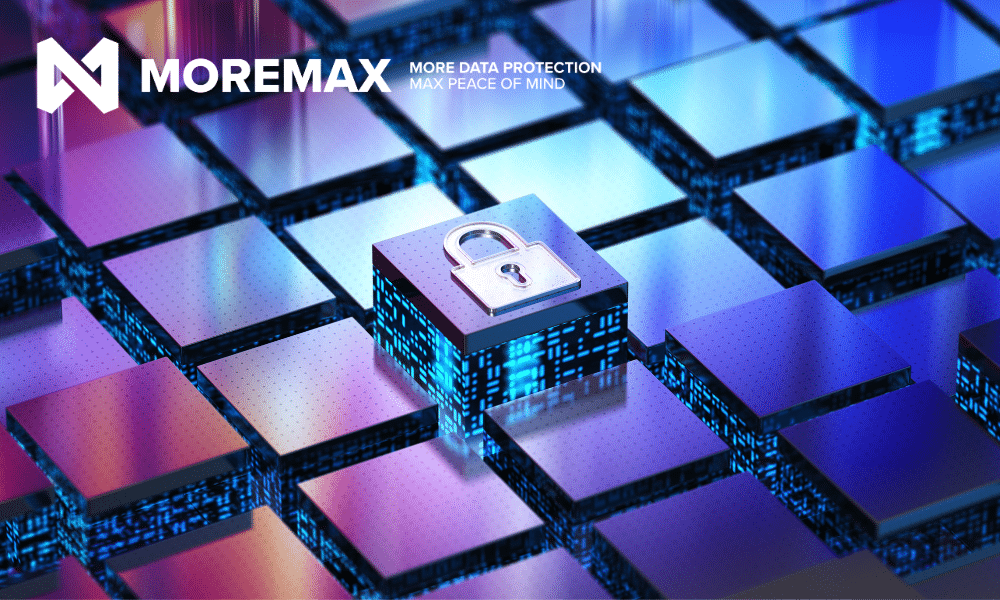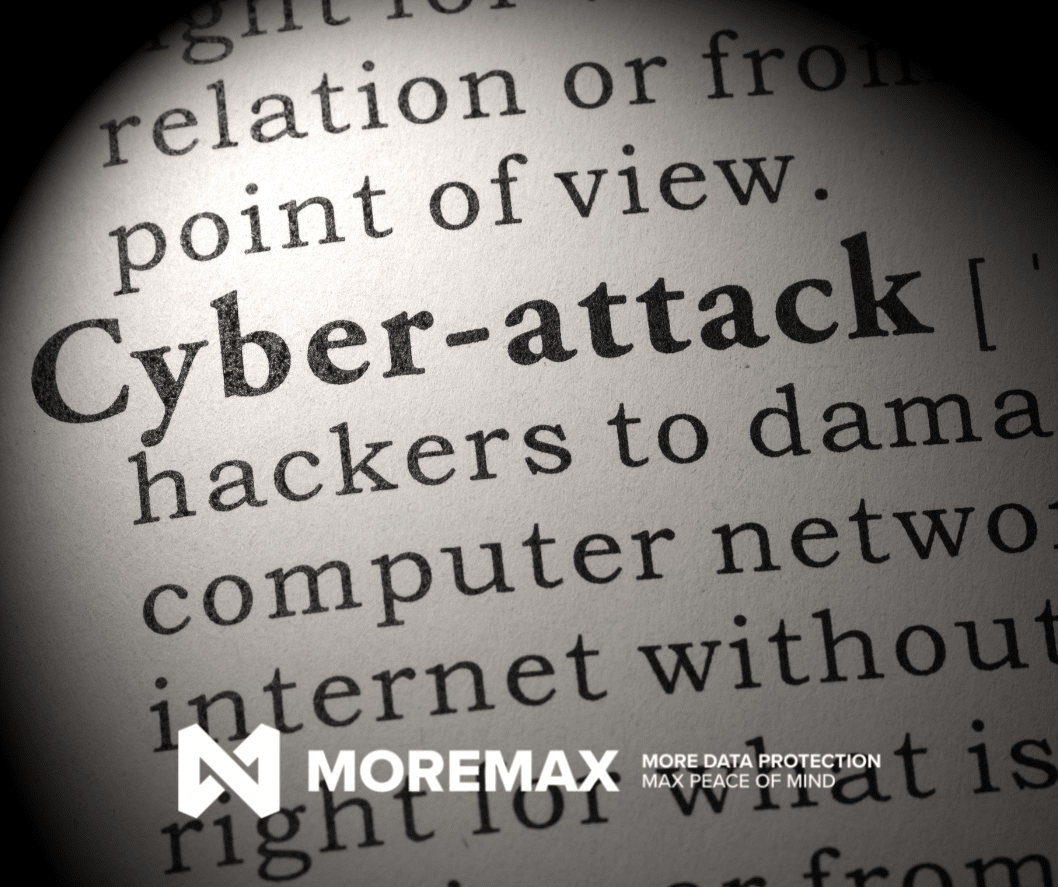
Introduction to Cybersecurity
The world is in a big cyber growth spurt and cybersecurity is essential. It protects systems, networks, and data from attacks. Having a degree in computer science is important for various cybersecurity roles, including security architect, CISO, malware analyst, and cybersecurity engineer. Understanding cybersecurity helps us safeguard our digital lives. The cybersecurity field offers diverse opportunities and challenges, highlighting the necessity for professionals to build foundational skills and obtain relevant certifications.
What is Cybersecurity?
Cybersecurity involves practices to defend digital devices and data. The cybersecurity industry is rapidly evolving, making educational qualifications crucial for enhancing career opportunities. It includes protecting computers, servers, mobile devices, and networks. Building a successful cybersecurity career requires foundational skills, relevant certifications, and continuous learning for career progression. Effective cybersecurity prevents unauthorized access, theft, and damage.
Importance of Cybersecurity
Cybersecurity is crucial in the modern world. Businesses, governments, and individuals rely on digital systems. Cyber threats are constantly evolving. Without robust cybersecurity, we risk losing sensitive information. A cybersecurity professional plays a vital role in protecting these digital systems from such threats.
“It takes 20 years to build a reputation and a few minutes of cyber-incident to ruin it.” ― Stephane Nappo.
Knowledge in information security is essential for various cybersecurity roles, such as penetration tester, information security analyst, and chief information security officer.
Types of Cyber Threats and Security Breaches
Malware
Malware, or malicious software, includes viruses, worms, and trojans. These harmful programs can steal data or damage systems. Viruses attach to legitimate files, while worms spread across networks on their own. Trojans disguise themselves as safe applications. Protect your devices with strong antivirus software and safe browsing habits. Regularly update your systems to reduce the risk of malware. Security systems play a crucial role in protecting against malware by ensuring the integrity and security of sensitive data. Stay vigilant to keep your data and devices safe from these threats.
Phishing
Phishing attacks trick users into revealing personal information. They use deceptive emails or fake websites. Phishing is a common and dangerous threat. Protect yourself by not clicking on suspicious links. Always verify the source before providing any sensitive information. Stay aware to keep your data safe.
Security analysts play a crucial role in monitoring and preventing phishing attacks, ensuring organizations are protected from such cyber threats.
Ransomware
Ransomware locks users out of their systems. Attackers demand a ransom to restore access. This threat can cripple both businesses and individuals. Protect your data with strong security measures. Regular backups and updated software can help prevent ransomware attacks. Stay cautious and informed to keep your systems safe. Professionals must also be prepared to respond to security incidents, including ransomware attacks, to mitigate damage and restore operations.
Man-in-the-Middle Attacks
Man-in-the-Middle attacks occur when hackers intercept and manipulate communications between two parties. They can steal sensitive information or alter messages without either party knowing. To prevent this, use secure connections like HTTPS and VPNs. Encryption and strong passwords add extra layers of security. Always verify network authenticity to ensure you’re connecting to legitimate sources. Network security is crucial in preventing these attacks, so stay cautious and vigilant to protect your information.
Denial-of-Service Attacks
Denial-of-Service (DoS) attacks overwhelm systems with excessive traffic. This flood of data causes outages and disrupts services. Hackers use these attacks to make websites and online services unavailable. Businesses must guard against them by using firewalls and security software. Load balancing and traffic filtering can help mitigate these attacks. Regular monitoring and strong network defenses are crucial. Stay prepared to protect your services from DoS attacks.
Implementing robust security protocols is essential to mitigate DoS attacks effectively.

Key Elements of Cybersecurity: The Role of the Chief Information Security Officer
Firewalls
Firewalls act as barriers between trusted and untrusted networks. They filter incoming and outgoing traffic. Firewalls are a fundamental security tool in protecting computer systems.
Antivirus Software
Antivirus software detects and removes malware. It scans systems for threats. Regular updates ensure protection against new viruses. The growing demand for cybersecurity jobs highlights the need for professionals skilled in using antivirus software to protect against evolving cyber threats.
Encryption
Encryption secures data by converting it into code. Only authorized users can decrypt it. Encryption protects sensitive information.
Cybersecurity professionals play a crucial role in implementing encryption to safeguard data against unauthorized access.
Multi-Factor Authentication (MFA)
MFA adds an extra layer of security. Users must provide two or more verification methods. It reduces the risk of unauthorized access. To learn more, we’ve discussed this previously HERE.
By enhancing security measures, MFA also contributes to job security in the cybersecurity field, as the demand for skilled professionals to implement and manage these systems continues to grow.
Regular Updates
Keeping software up to date is crucial. Updates fix security vulnerabilities. Regular updates protect systems from attacks.

The Role of Backups in Cybersecurity
Importance of Backups
Backups are essential for data recovery. They help restore systems after attacks or failures. Regular backups ensure data is never lost. Additionally, backups play a crucial role in recovering from security breaches by allowing organizations to restore compromised data and maintain operational continuity.
Types of Backups
Full Backups
Full backups copy all data. They provide a complete system snapshot. Full backups take time but are comprehensive.
Incremental Backups
Incremental backups save changes since the last backup. They are faster and use less storage. Combining them with full backups is effective.
Differential Backups
Differential backups save changes since the last full backup. They offer a balance between speed and comprehensiveness.
Backup Best Practices
Regular Backup Schedule
Establish a regular backup schedule. Frequent backups minimize data loss. Automate backups to ensure consistency.
Offsite Storage
Store backups in different locations. Offsite storage protects against physical disasters. Cloud storage is a popular option.
Test Backups
Regularly test backups to ensure they work. Verify data integrity and recovery processes. Testing prevents surprises during emergencies.

Protecting Systems and Network Security
Secure Configurations
Configure systems securely from the start. Use strong passwords and default settings. Limit user privileges to reduce risk. Emphasizing the importance of cyber security, ensure that secure configurations are implemented to protect systems effectively.
Network Segmentation
Divide networks into segments. Segmentation limits the spread of attacks. It isolates critical systems from general access.
Intrusion Detection Systems (IDS)
IDS monitor network traffic for suspicious activity. They alert administrators to potential threats. IDS are a key part of a layered security approach.
Virtual Private Networks (VPNs)
VPNs encrypt internet connections. They protect data during transmission. VPNs are essential for remote access security.
Patch Management
Patch management involves updating software to fix vulnerabilities. Regular patches protect systems from known threats. Automate patching to ensure timely updates.

Cybersecurity Training, Awareness, and Career Development
Employee Training
Train employees on cybersecurity best practices. Awareness reduces the risk of human error. Regular training updates knowledge. The chief information security officer (CISO) plays a crucial role in overseeing employee training to ensure that the workforce is well-prepared to handle security threats.
Phishing Simulations
Conduct phishing simulations to test employees. Simulations identify vulnerabilities. They improve readiness against real attacks.
Incident Response Plans
Develop and test incident response plans. Plans outline steps to take during a cyber attack. Effective response minimizes damage.
Security Policies
Create and enforce security policies. Policies guide employee behavior. They ensure consistency in security practices.

Emerging Trends in Cybersecurity
Artificial Intelligence (AI)
AI enhances threat detection and response. It analyzes patterns to identify anomalies. AI is becoming a critical tool in cybersecurity.
Zero Trust Architecture
Zero Trust assumes no network is secure. It requires verification for every access request. Zero Trust improves security in complex environments.
Blockchain Technology
Blockchain offers secure data storage. Its decentralized nature makes it hard to tamper with. Blockchain is finding applications in cybersecurity.
Internet of Things (IoT) Security
IoT devices are vulnerable to attacks. Securing IoT is crucial as their use grows. Implementing strong security measures for IoT is vital.
Quantum Computing
Quantum computing poses both risks and opportunities. It can break traditional encryption but also offers new security methods. Preparing for quantum impact is essential.
Conclusion
Cybersecurity is a multifaceted field. In short, it protects systems, networks, and data from diverse threats.
To any business, it is crucial that you have all the necessary tools, support and structures in place. We’ve barely scratched the surface here, but at least you’ll have an idea what to look out for.
Cybersecurity is not just a technical requirement but a fundamental aspect of our digital lives.
WE’D LOVE TO CHAT ABOUT HOW WE CAN HELP!


